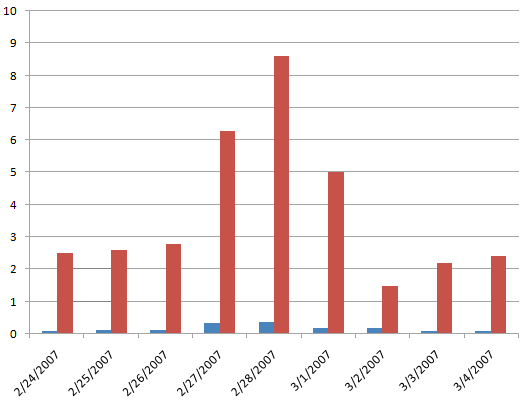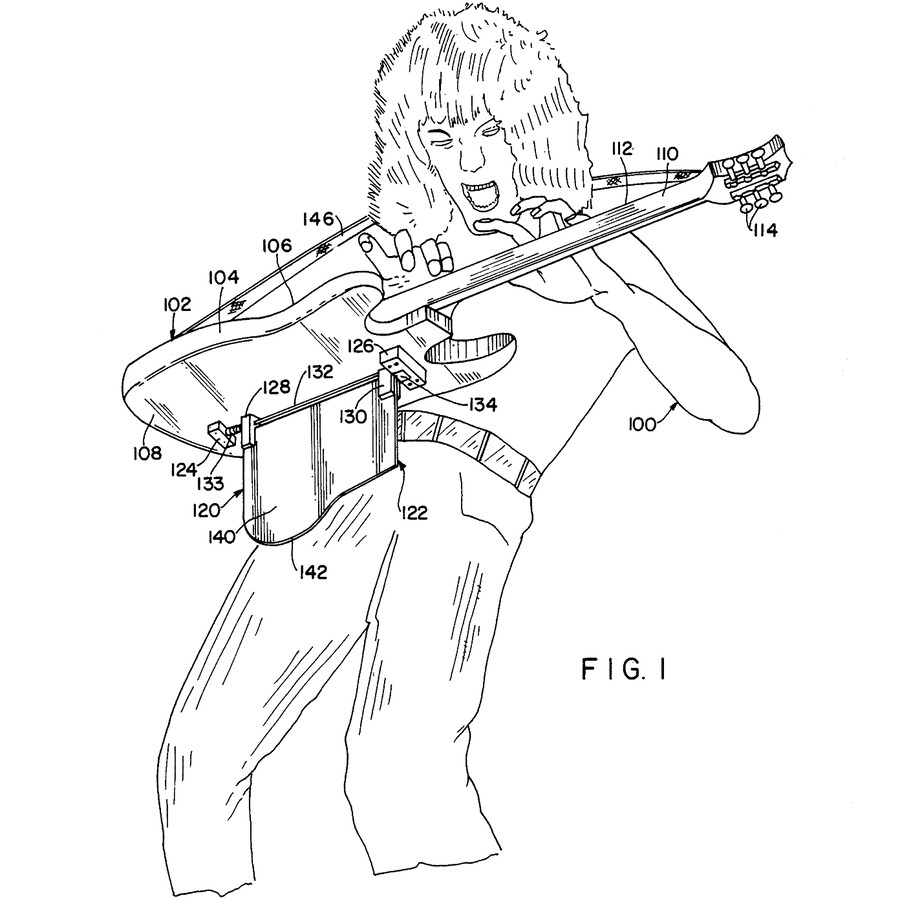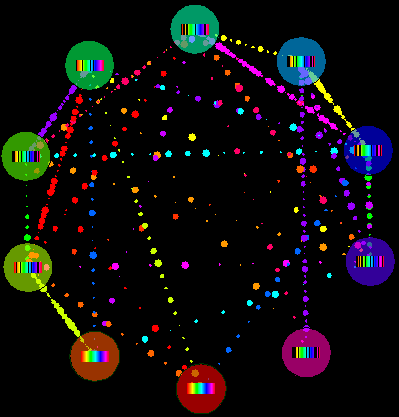
web development
Reducing Your Website’s Bandwidth Usage
Over the last three years, this site has become far more popular than I ever could have imagined. Not that I’m complaining, mind you. Finding an audience and opening a dialog with that audience is the whole point of writing a blog in the first place. But on the






